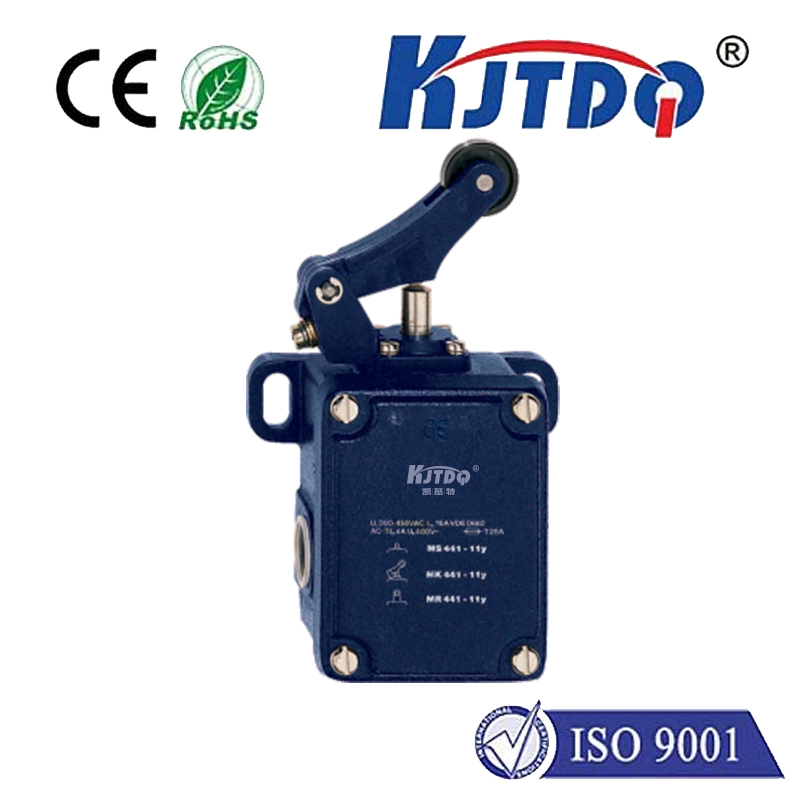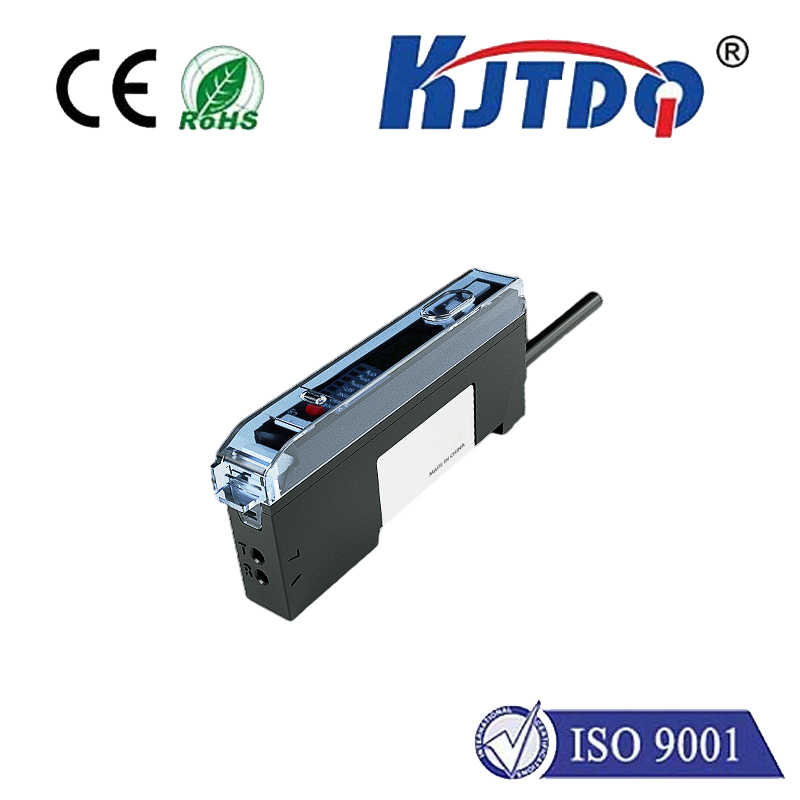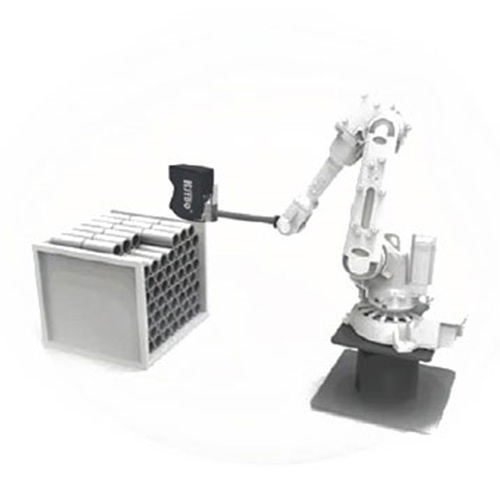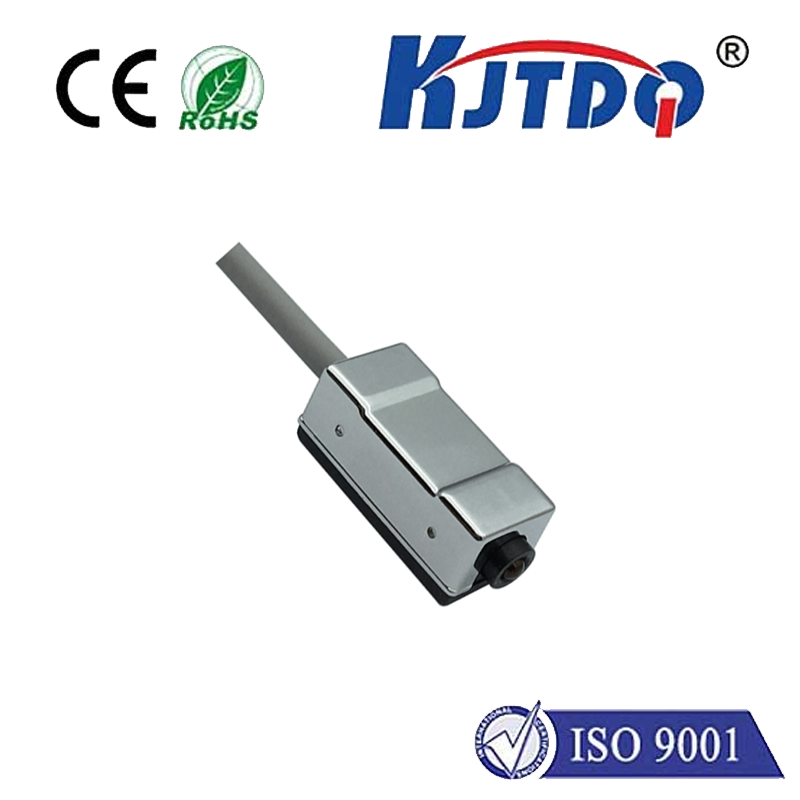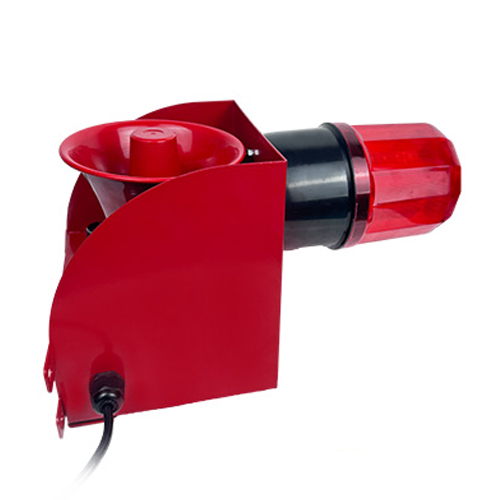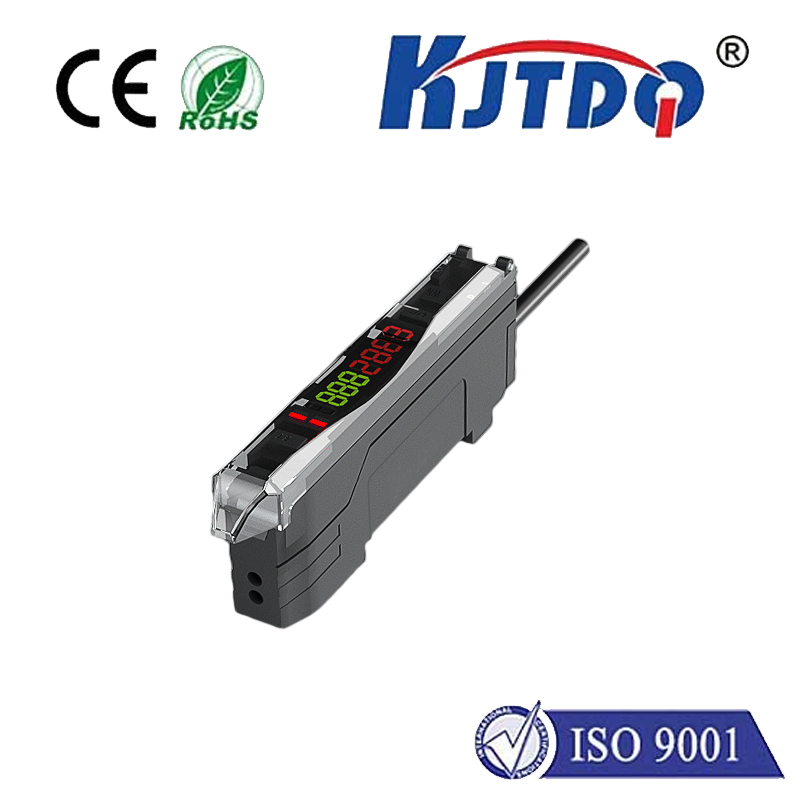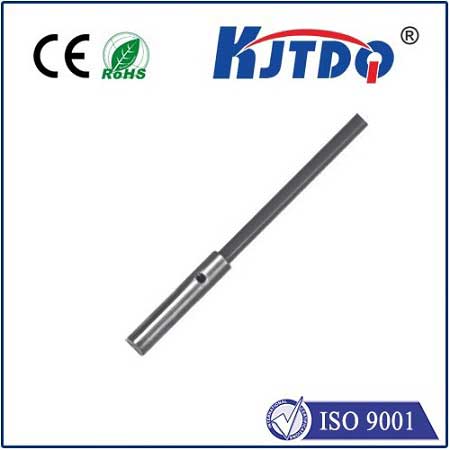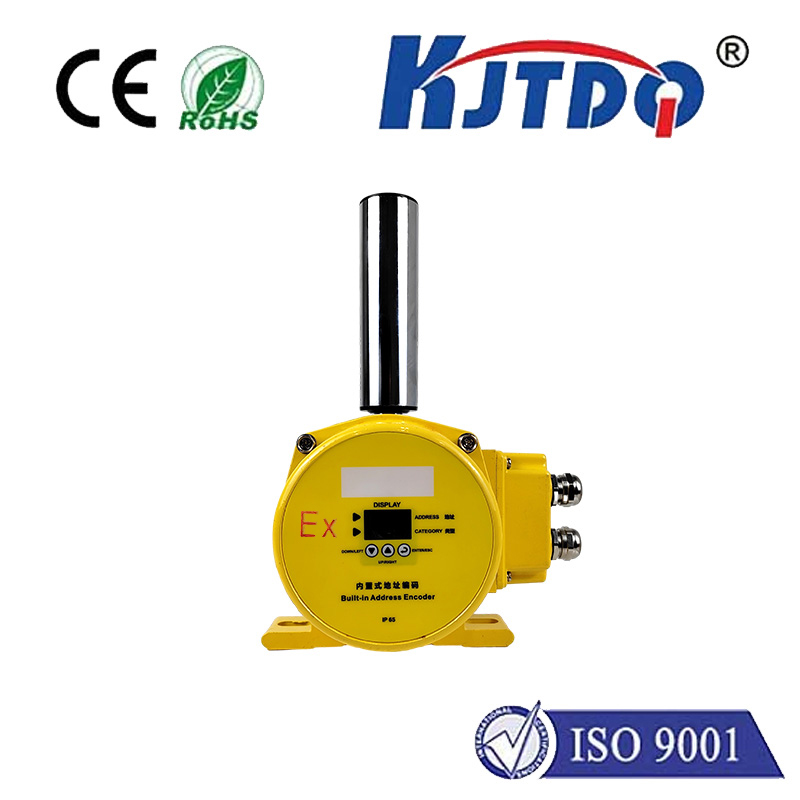диффузионный датчик приближения
- time:2025-07-04 02:30:52
- Нажмите:0
Diffuse Proximity Sensor: Your Compact Solution for Versatile Non-Contact Detection
Imagine a critical point on your assembly line: components need precise positioning before a machine stamps or welds them. Manual checks are slow and error-prone; a failure to detect a misaligned part could cause costly downtime or damage. This is where sensing technology eliminates guesswork. Among the most adaptable options sits the диффузионный датчик приближения, a self-contained workhorse quietly ensuring accuracy across countless industrial and commercial applications.
Understanding the Basics: How Diffuse Proximity Sensors Work
Unlike their through-beam cousins that require separate emitter and receiver units, diffuse optical proximity sensors house both the light emitter (typically an infrared LED) and the light receiver (like a phototransistor) within a single, compact housing. Here’s the core operating principle:
- Emission: The sensor emits a beam of light, usually infrared (IR) to avoid interference from ambient light, from its integrated emitter.
- Diffuse Reflection: When an object enters the detection zone, this light beam strikes the object’s surface.
- Scattered Return: Unlike a mirror reflection, most object surfaces scatter (diffuse) the light in many directions. A small portion of this scattered light bounces back towards the sensor.
- Reception and Triggering: The integrated receiver detects this reflected light. When the intensity of the reflected light reaches a predetermined threshold (set by the sensor’s sensitivity), the sensor’s output circuit switches state (e.g., from OFF to ON, or vice-versa), signaling the presence of the object.
The Core Advantage: Simplicity and Versatility
The fundamental benefit of a diffuse reflection proximity sensor lies in its self-contained design. Only one unit needs mounting and wiring, significantly simplifying installation compared to through-beam sensors. This inherent simplicity translates into:

- Easier Installation: Save time and labor costs; only one mounting point and cable run required.
- Space Efficiency: Ideal for confined spaces where fitting two separate components is impractical.
- Reduced Alignment Hassles: Eliminates the critical and often finicky alignment needed between separate emitter and receiver units found in through-beam sensors. Once mounted, the diffuse sensor is generally ready to operate within its specified range.
Key Strengths and Where They Shine
1. Detecting Diverse Materials: Unlike inductive proximity sensors (metal-only) or capacitive sensors (affected by material properties/density), diffuse optical sensors excel at detecting non-metallic objects. This includes plastics, wood, cardboard, glass, liquids (in containers), food products, and packaging materials. This makes them invaluable in industries like:
- Packaging: Detecting cartons, bottles, labels, or filled bags on conveyors.
- Food & Beverage: Sensing bottles, cans, caps, pouches, or the presence of products on lines.
- Перевозка материалов: Verifying the presence of pallets, totes, or packages.
- Printing & Paper: Detecting paper sheets, rolls, or printed materials.
- Assembly: Confirming part presence before processes like gluing or fastening.
2. Color Detection (Within Limits): While not true color sensors, diffuse sensors can often distinguish between objects based on reflectivity, which correlates with color and surface finish. For instance, a white object generally reflects much more light than a black object of the same material. This capability is useful for basic sorting tasks or detecting marks/printing on labels. Корректировка чувствительности is often crucial here to fine-tune detection for different colored targets.
3. Robust Performance in Harsh Environments: Modern diffuse proximity sensors are frequently designed with rugged IP67 or IP69K-rated housings, protecting them from dust, water jets, and cleaning chemicals common in industrial settings like food processing plants or automotive manufacturing. They are typically also immune to electrical noise.
Important Considerations and Limitations
While highly versatile, diffuse proximity sensors have limitations to consider during selection:
- Detection Range: Generally offers a shorter maximum range compared to through-beam sensors. The effective range is highly dependent on the object’s size, color, surface texture, and reflectivity. Dark, matte, or highly absorbent surfaces are harder to detect at longer distances.
- Background Sensitivity: The sensor relies on light bouncing back from the target. If the background behind the target is highly reflective (like a shiny metal surface), it might reflect enough light to cause the sensor to trigger even when no target is present (“false triggering”). Careful mounting, background suppression technology features, or choosing a sensor with a fixed background suppression range can mitigate this.
- Environmental Factors: Extreme ambient light (like direct sunlight hitting the receiver) can potentially interfere. Fog, steam, or dust in the optical path can also scatter the emitted beam and cause malfunctions. Choosing sensors with modulated light (switching the beam rapidly) significantly improves immunity to ambient light interference.
- Inverse Square Law Effect: The intensity of reflected light decreases rapidly with increasing distance (following the inverse square law). This makes detection of low-reflective objects challenging at the sensor’s maximum nominal range; often, practical usable range is less.
Choosing the Right Solution
Selecting a diffuse proximity sensor requires evaluating:
- Required Sensing Distance: What is the maximum distance to the target?
- Target Characteristics: Material, size, color, surface finish (shiny vs. matte).
- Background Environment: Potential sources of reflection or interference behind the target.
- Environmental Conditions: Exposure to dust, moisture, chemicals, temperature extremes, or intense ambient light.
- Output Type Needed: Typically PNP/NPN transistor, but sometimes analog or IO-Link for diagnostics and configuration.
- Housing: Size constraints, required ingress protection (IP rating), and mounting style (threaded barrel, block-style).
Conclusion: An Essential Tool in Modern Automation
The диффузионный датчик приближения remains a cornerstone of non-contact object detection. Its combination of simplicity, versatile material detection (especially non-metallics), compact size, and robust construction ensures its continued prevalence across manufacturing, packaging, logistics, and numerous other sectors. Understanding its working principle, key strengths like detecting diverse objects and packaging materials reliably, and being mindful of its inherent limitations related to range and background sensitivity are crucial for optimal implementation. When the application demands detecting the presence of objects ranging from a cardboard box to a plastic bottle reliably within a few centimeters or meters, a well-chosen diffuse proximity sensor often provides the most straightforward and effective solution.

